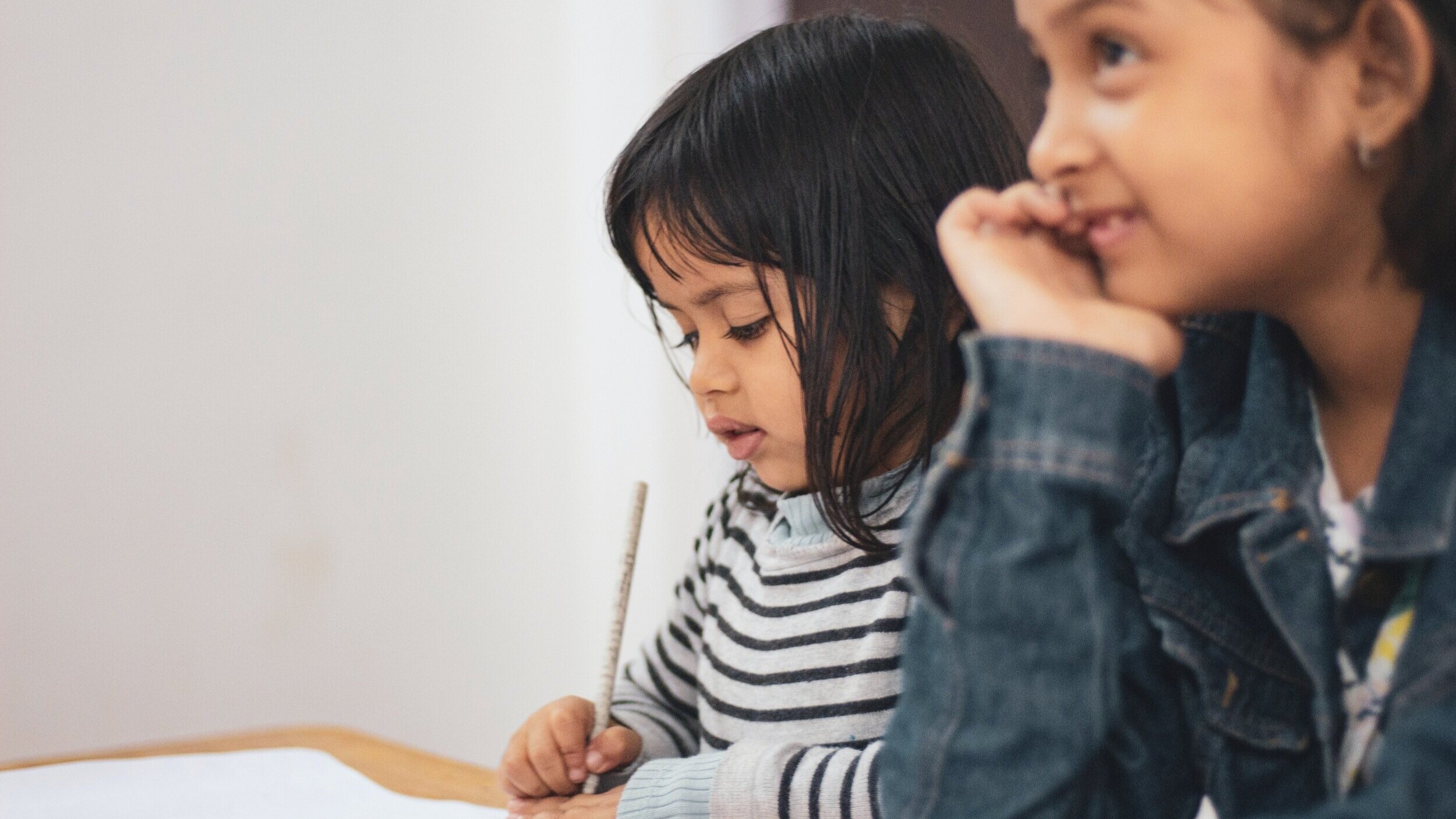Going Back to Normal
Written by Corrine Rahman, TVDSB Trustee (Wards 2,3,4,5,6) & Lori-Ann Pizzolato, TVDSB Trustee (Wards 1,11, 12,14)
As the first day of school approaches, our kids are gearing up and we find ourselves preparing them for new experiences. This year will indeed look different, new routines, new ways of interacting and engaging with one another. As moms of three each, and elected Trustees, not a day has gone by during this pandemic where we haven’t thought about what school will look like going forward. The idea of “getting back to normal” has been one that we have been grappling with. It has taken a while to arrive at the conclusion that we do not want a return to normal when it comes to education.
You see, we share the belief that a well-funded public education system is the cornerstone of a prosperous and well cared for society. Pre-pandemic, education was underfunded and was facing further cuts.
Normal looked like inequity. There have been strong calls to reform racist policies and systems that harm Black, Indigenous and people of colour here in Canada. We believe that it is incumbent on the educational system to confront these issues head on. Thoughtful dialogue, planning and resourcing a system where we can learn and unlearn new ways, where all learners feel safe and valued will require purposeful engagement, active listening and action.
Normal was not good enough for working families especially working mothers. The pandemic has heightened this reality. We cannot ignore the need to properly resource childcare in our community to shore up the educational system and ensure working families have the resources they need. When planning our communities, are we putting supports in the right places? We believe we need a strategy for childcare that values working families.
Normal, did not meet the mental health needs of children and youth. Long waitlists, underfunded programs and children in crisis were our pre-pandemic reality. Child and youth mental health needs to be a priority with bigger investments going forward.
Normal did not maximize supports for students with special education needs. Historically, resources were funnelled to families through the school and the pandemic has highlighted significant gaps. Long waits for assessments, year-after-year of underfunding to boards to meet the needs. How do we broaden our lens and approach to ensure equitable education for all learners?
It is important to note the pandemic has shined a light on many positives within the educational system. Most importantly, educators and school administration who have an amazing ability to change and adapt quickly to create the optimal conditions for learning. The pandemic has brought a broader selection of online courses and delivery. Most importantly, the pandemic has narrowed our focus on the intentional collaboration with our families to increase engagement in their child’s education journey. There are things to retain and learn from here and unpacking these and keeping what has worked will be important.
The return to normal sounds good but we know that for children and youth in this community; they deserve better.

